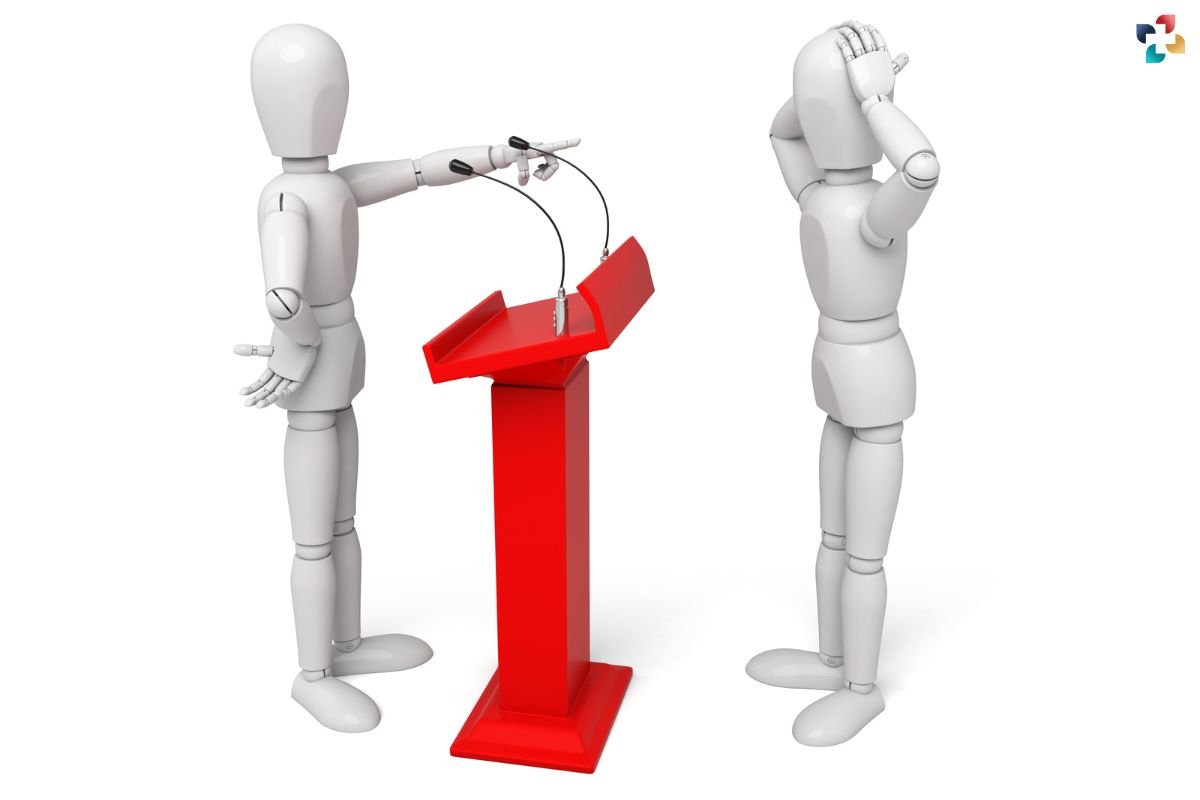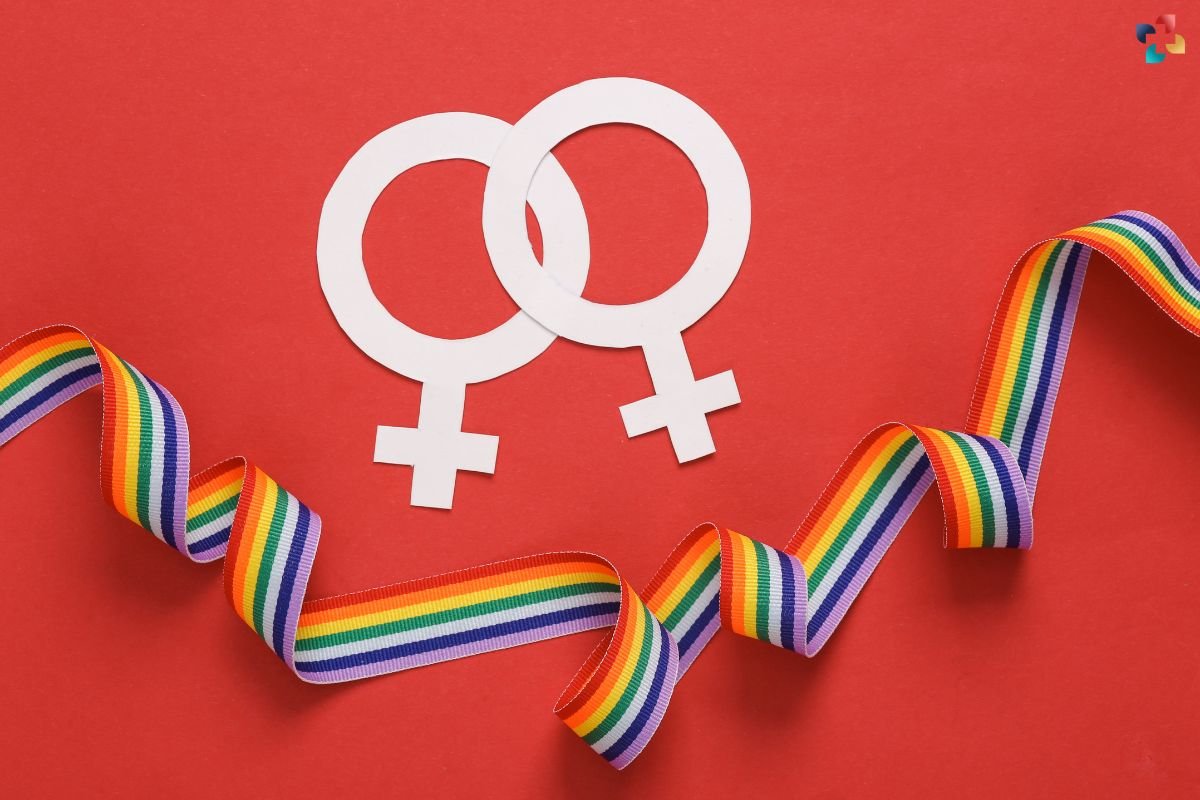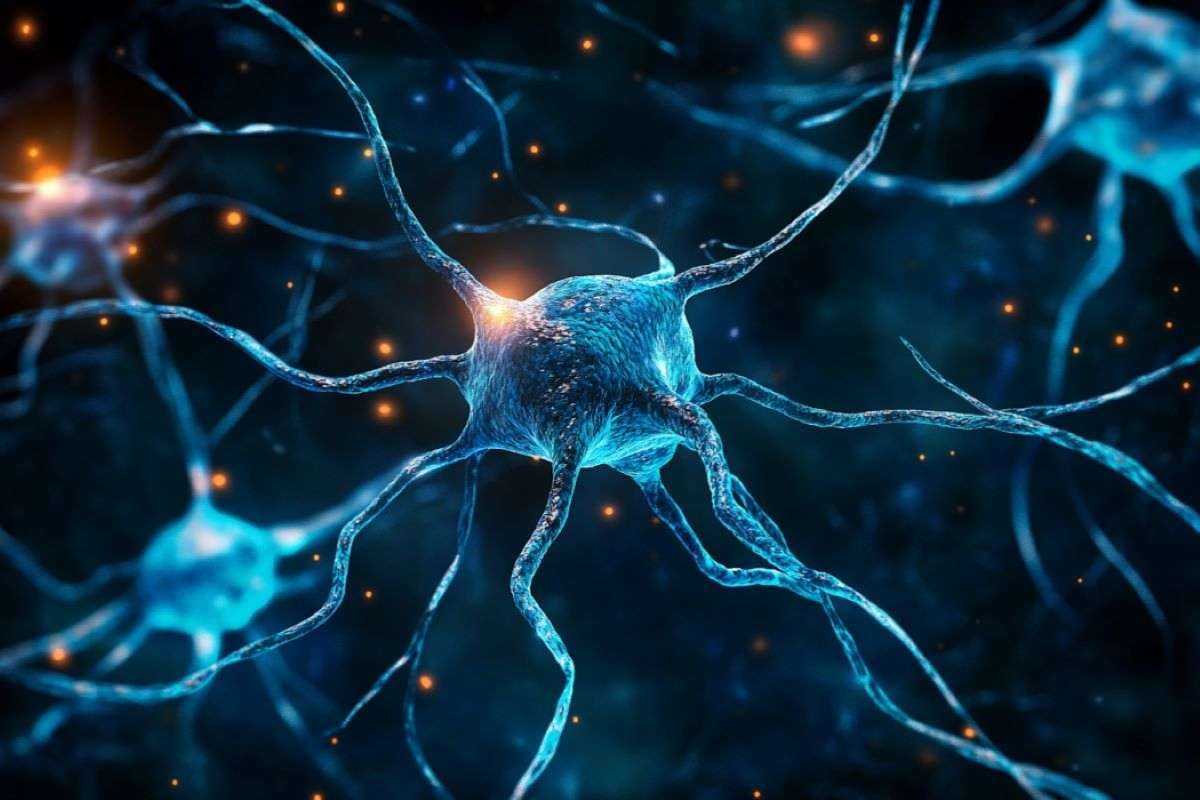Source- Medical News Today
In the realm of human sexuality, understanding one’s sexual orientation has been a topic of significant interest and debate. One of the pioneering tools used to explore this area is the Kinsey Scale Test. Developed by Alfred Kinsey and his colleagues in the mid-20th century, this scale aimed to provide a nuanced perspective on sexual orientation beyond the traditional binary of heterosexual and homosexual.
Origins and Development of the Kinsey Scale Test
The Kinsey Scale Test was first introduced in Alfred Kinsey’s groundbreaking work, Sexual Behavior in the Human Male (1948), followed by Sexual Behavior in the Human Female (1953). Kinsey, a biologist and sex researcher, sought to challenge prevailing views of sexuality that categorized individuals strictly as either heterosexual or homosexual. Instead, he proposed a continuum or scale that captured the diversity and complexity of human sexual orientation.
How the Kinsey Scale Test Works?
At its core, the Kinsey Scale Test assigns individuals a rating on a scale from 0 to 6:
- 0: Exclusively heterosexual
- 1: Predominantly heterosexual, only incidentally homosexual
- 2: Predominantly heterosexual, but more than incidentally homosexual
- 3: Equally heterosexual and homosexual
- 4: Predominantly homosexual, but more than incidentally heterosexual
- 5: Predominantly homosexual, only incidentally heterosexual
- 6: Exclusively homosexual
This scale acknowledges that sexual orientation exists on a spectrum, with most people falling somewhere between exclusively heterosexual and exclusively homosexual. The test asks individuals to reflect on their past and present sexual experiences, attractions, and fantasies to determine where they might place themselves on this continuum.
Criticisms and Controversies Surrounding the Kinsey Scale Test

Despite its revolutionary approach, the Kinsey Scale Test has not been without criticism. Some argue that it oversimplifies the complexity of sexual orientation by reducing it to a linear scale. Others point out that it may not adequately capture the fluidity and variability of sexual orientation over time and in different contexts.
Moreover, the test was developed during a time when societal attitudes towards sexuality, particularly non-heterosexual orientations, were far less accepting and understanding than they are today. This historical context raises questions about the test’s applicability and relevance in contemporary discussions of sexual orientation.
Applications and Impact of the Kinsey Scale Test
Nevertheless, the Kinsey Scale Test remains a foundational tool in the study of human sexuality. Its impact extends beyond academic research into practical applications:
- Self-discovery and Identity Formation: Many individuals find the Kinsey Scale Test helpful in understanding and accepting their sexual orientation, especially if they do not fit neatly into conventional categories.
- Clinical and Counseling Settings: Therapists and counselors may use the scale to facilitate discussions about sexual orientation with their clients, promoting a more inclusive and supportive environment.
- Research and Education: Researchers continue to use adaptations of the Kinsey Scale Test to study sexual orientation diversity across different populations and cultures.
The Evolution of Understanding Sexual Orientation
As societal attitudes towards sexual orientation continue to evolve, so too does the way we understand and measure it. The Kinsey Scale Test laid the groundwork for more nuanced approaches to studying sexual orientation, paving the way for later models and scales that incorporate additional dimensions such as romantic attraction and gender identity.
In conclusion, while the Kinsey Scale Test has its limitations and critiques, its historical significance and ongoing influence in shaping our understanding of sexual orientation cannot be overstated. By acknowledging the diversity and complexity of human sexuality, this scale has helped foster greater inclusivity and acceptance in our understanding of what it means to be human.
Exploring Further
For those interested in delving deeper into this test and its implications for our understanding of sexual orientation, numerous resources are available, including contemporary research studies, educational materials, and online assessments that offer updated interpretations of Kinsey’s original work.
In summary, the Kinsey Scale Test remains a pivotal tool in the study of sexual orientation, reminding us that human sexuality is diverse, fluid, and deserving of understanding and respect.
Contemporary Perspectives and Adaptations of the Kinsey Scale Test
In the decades since its inception, the Kinsey Scale Test has undergone several adaptations and refinements to address criticisms and reflect modern understandings of sexuality. Researchers and psychologists have developed variations that account for additional factors such as emotional attraction, sexual behavior versus identity, and cultural influences on sexual orientation.
1. The Klein Sexual Orientation Grid (KSOG)

Developed by Fritz Klein in the 1970s, the KSOG expands upon the Kinsey Scale by incorporating seven dimensions of sexual orientation:
- Sexual attraction
- Sexual behavior
- Sexual fantasies
- Emotional preference
- Social preference
- Self-identification
- Heterosexual-homosexual lifestyle
This grid allows for a more comprehensive assessment of an individual’s sexual orientation across multiple domains, offering a richer understanding beyond mere behavior or attraction.
2. The Storms-Savin-Williams Sexual Orientation Identity Scale (SSWS)
In the late 1980s, researchers Storms, Savin-Williams, and Williams developed a scale focusing specifically on self-identification and identity development related to sexual orientation. This scale emphasizes the subjective experience of sexual orientation, acknowledging that how individuals define and label themselves may not always align with their behaviors or attractions.
3. Modern Online Assessments and Applications
With the advent of the internet, online versions of this test and its adaptations have become widely accessible. Websites and mobile apps offer users the opportunity to explore their sexual orientation anonymously and in the privacy of their own homes. These platforms often include updated language and terminology to reflect contemporary understandings of gender and sexuality diversity.
The Kinsey Scale Test in Popular Culture and Education

Beyond academic and clinical settings, this test has made its way into popular culture, influencing discussions about sexual orientation in mainstream media, literature, and entertainment. It serves as a reference point for characters in movies and television shows exploring their sexual identities, thereby raising awareness and fostering dialogue about the spectrum of human sexuality.
Challenges and Future Directions
As society continues to evolve, so too must our methods of understanding and measuring sexual orientation. Critics of the Kinsey Scale Test argue that it may not adequately capture the complexity of contemporary understandings of gender identity and sexual orientation, which are increasingly recognized as multifaceted and fluid. Researchers and activists alike advocate for more inclusive approaches that consider intersectionality, cultural context, and the experiences of marginalized communities.
Conclusion
In conclusion, the Kinsey Scale Test remains a landmark contribution to the study of human sexuality, despite its limitations and critiques. By challenging rigid categorizations and recognizing the diversity of sexual orientations, this scale has paved the way for more inclusive and respectful discussions about sexuality. As we look to the future, ongoing research and dialogue will continue to refine our understanding of sexual orientation, ensuring that it remains a dynamic and evolving field of study.
For those interested in exploring their own sexual orientation or learning more about the Kinsey Scale Test and its adaptations, there are numerous resources available both online and through academic literature. By engaging with these resources, individuals can contribute to a broader understanding of human diversity and contribute to a more inclusive society.
Also Read: Understanding the Personality Complex Test: A Comprehensive Guide







